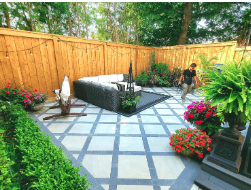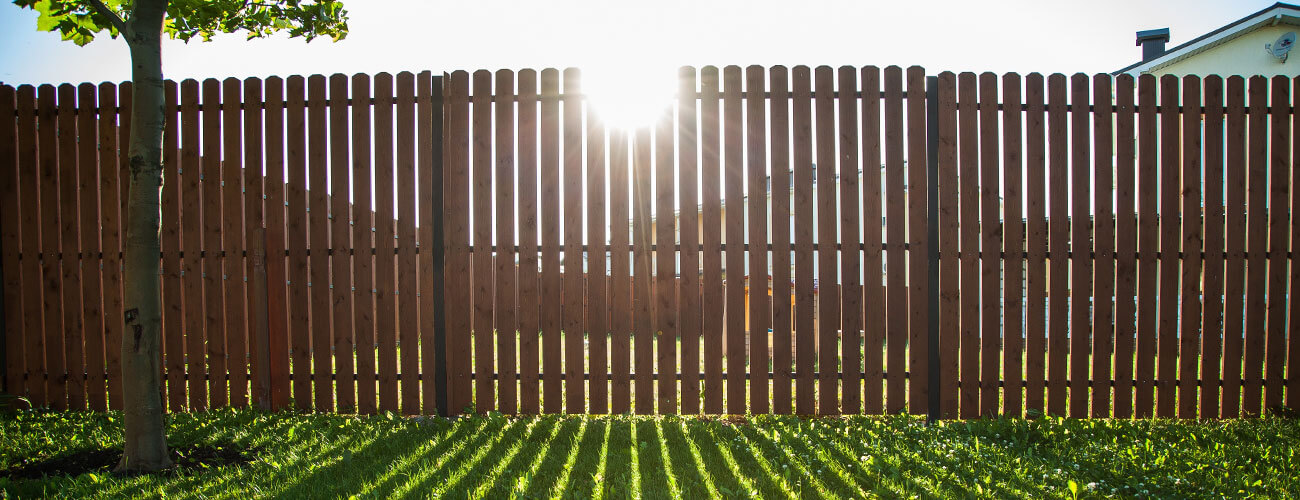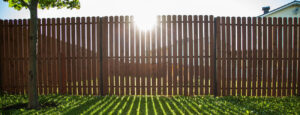 Landscape design is modifying the visible features of a piece of land. Generally, it involves the placement of plants and trees and hardscaping materials. Water features and plants are also essential aspects of landscaping. For more information on Landscaping see the following articles. Here are some tips on choosing the right plants for your property:
Landscape design is modifying the visible features of a piece of land. Generally, it involves the placement of plants and trees and hardscaping materials. Water features and plants are also essential aspects of landscaping. For more information on Landscaping see the following articles. Here are some tips on choosing the right plants for your property:
What is landscape design? Aside from being a profession, landscape design is also a tradition, bridging the fields of landscape architecture and garden design. Landscape design aims to make the outside of a building aesthetically pleasing while providing a functional environment where people can enjoy spending time. Many different kinds of landscape design exist, including traditional, modern, and even futuristic concepts. This article will look at some of the most popular types and explain how they differ.
The field of landscape architecture is an increasingly popular form of design, focusing on civic, corporate, and city parks. The design process generally involves several phases: research, idea gathering, and setting a plan. Many considerations must be made, such as climate and microclimate, topography, drainage, vehicular access, lighting, and native plant habitat botany. Also, measurable factors such as safety and security must be considered when designing a landscape.
A guiding idea is an important part of the landscape design process. This idea is often referred to as the theme, concept, or approach. Depending on the home and surroundings, your theme may vary. For example, a naturalistic approach would feature azaleas, dogwoods, and other plants. On the other hand, a formal style would incorporate symmetrical patterns and clipped boxwood hedges. Old-fashioned plants and materials would be well-suited for a Spanish or colonial home.
The process of landscape design involves determining the needs of a particular site, identifying aesthetic and functional requirements, developing conceptual design plans, and drawing the final design plan. These steps establish a common theme throughout a landscape. A theme will also create a sense of balance. For example, the symmetrical balance would include two identical sides, while the asymmetrical balance would involve different elements of similar weight. The key to creating harmony is balancing the elements of the landscape.
Hardscaping
In the landscaping industry, hardscape refers to solid outdoor materials. These materials include asphalt, brick, stone, and tile. They are commonly used in driveways, walkways, patios, and fire features. When used correctly, hardscapes can make an ordinary backyard into a beautiful outdoor room. Hardscapes are a great low-cost alternative to natural stone. They are aesthetically pleasing and designed to withstand the elements.
When landscaping your property, hardscaping is an integral part. This is because hardscapes not only add functionality to the yard but also increase the value of your property. Hardscapes are also a great way to create a sense of organization. You can use them to design your property and add value to it. Here are some of the many benefits of hardscaping:
Landscape designs can be broken into two main categories: hardscape and softscape. A hardscape is composed of man-made materials, such as concrete, rocks, wood, and pavers. These materials are the structural foundation of a yard, but they are also an essential part of the overall look and feel of the yard. Hardscaping is best suited for homeowners who want to grow plants in their yard but want a space that lasts for years.
In addition to the benefits of using durable materials, homeowners should pay close attention to the care they put into hardscaping. It is essential to consider the effect that any changes you make to the yard will have on nearby land and avoid making your property prone to water problems. If you plan to use hardscaping in your yard, you should first determine the boundary of your property. You should also plan for the drainage and water issues that are likely to arise.
Water features
If you’re looking for a way to enhance your landscape, consider using water features. Water features support the plants and life within your landscaping design while also serving as a drinking fountain for your pets. Pets enjoy the cool water of the water feature, and you can keep them cool during hot summer days to allow them to spend more time outdoors. Here are some ideas for water features for your outdoor landscaping:
One of the most common water features in landscaping is a fountain or pool, which can create a soothing ambiance. It is also a great way to create a buffer from noisy neighbors. Water features also provide air cleaning benefits because they trap pollutants and purify the air around them. They can also create an environment that is peaceful and soothing for you and your family, making it an ideal spot for relaxation or meditation. Water features can even provide a soothing sound that can drown out other noises in your yard.
When added to your landscaping design, water features can have many benefits. In addition to providing a relaxing ambiance, water features can add significant value to your property. When designed well, water features are able to work during most seasons and require little maintenance. Water features can also attract a variety of wildlife and provide an environmentally-friendly way to enhance your outdoor living space. If you’re unsure of how to incorporate water in your landscaping design, consider consulting with a landscape architect to learn more about this trend and how you can integrate it into your yard.
If you’re looking for an inexpensive way to add water to your landscape design, consider a recycled water feature. A water feature made from recycled items can be a fun way to recycle old water bottles and wine bottles. These features can be easily installed and can be as low-cost as $50 or less – depending on the size and design. You’ll also need a pump, basin, and excavation tools. You can probably find most of these items in your basement or storage shed.
Plants
While selecting plants for landscaping can be overwhelming, there are a few tried-and-true choices that will look great in almost any yard. Moreover, most plants require relatively low maintenance and are easy to care for. To design an effective landscape, start by developing a plan. Here are some of the most common and best-performing plants for landscaping:
When choosing plants for landscaping, consider their full size and type. Remember, some plants are more suitable for acidic soil, while others are best for alkaline soil. Also, some plants change color according to soil acidity. If you are considering a specific plant, you can try researching its full size and maturity before selecting it. Also, consider the soil’s pH level since this can affect how it will grow and where it will be placed.
Sunlight is another important consideration when choosing landscape plants. Some plants need little sunlight, while others need more. Consider how much light your plants get each day and where they can receive shadows. In addition, take into account your climate zone. Certain plants can’t tolerate cold weather, while others need lots of sunlight. And finally, consider the different water levels in different seasons. The right choice of plants can greatly affect the appearance and function of your yard.
Deciduous shrubs are also an option. For example, the Korean boxwood is an evergreen shrub that can be easily pruned to form a spherical mound. It’s tough and hardy, making it an excellent choice for driveway landscaping. Also, don’t forget about daylilies. These perennials come in a variety of colors and can be used in flowerbeds or borders. In addition, they make great ground covers.
Maintenance
If you’re thinking about retaining the services of a landscape maintenance service to maintain your property, you may be wondering who can provide the best care for your property. There are many reasons why a landscape maintenance service may be the best option for you. First, let’s review the basics of landscape maintenance. Here’s what you can expect. Read on for more information. Maintenance of landscaping is an essential part of any property’s appeal.
A landscape maintenance crew performs routine work by pruning plants and maintaining their healthy growth. In addition to pruning, this crew also cleans up debris and follows fertilization guidelines. The company should provide mulch similar to what was provided during installation. Shade trees should be equipped with saucers. Additionally, all planting areas should be free of weeds. You should also remove all guying material and staking that is above grade. Maintenance of landscaping should be a regular part of a property’s overall maintenance plan.
Aside from the aesthetic value of a landscape, proper maintenance helps prevent pest infestation and diseases. It also enhances the visual experience of pedestrians and passersby. Ultimately, landscaping should be a high priority for property owners. So, be sure to consider it when planning a new development. After all, you’ll need it in the long run. If you’re unsure what the right landscaping service is, contact a landscaping service. You will be happy that you did!


